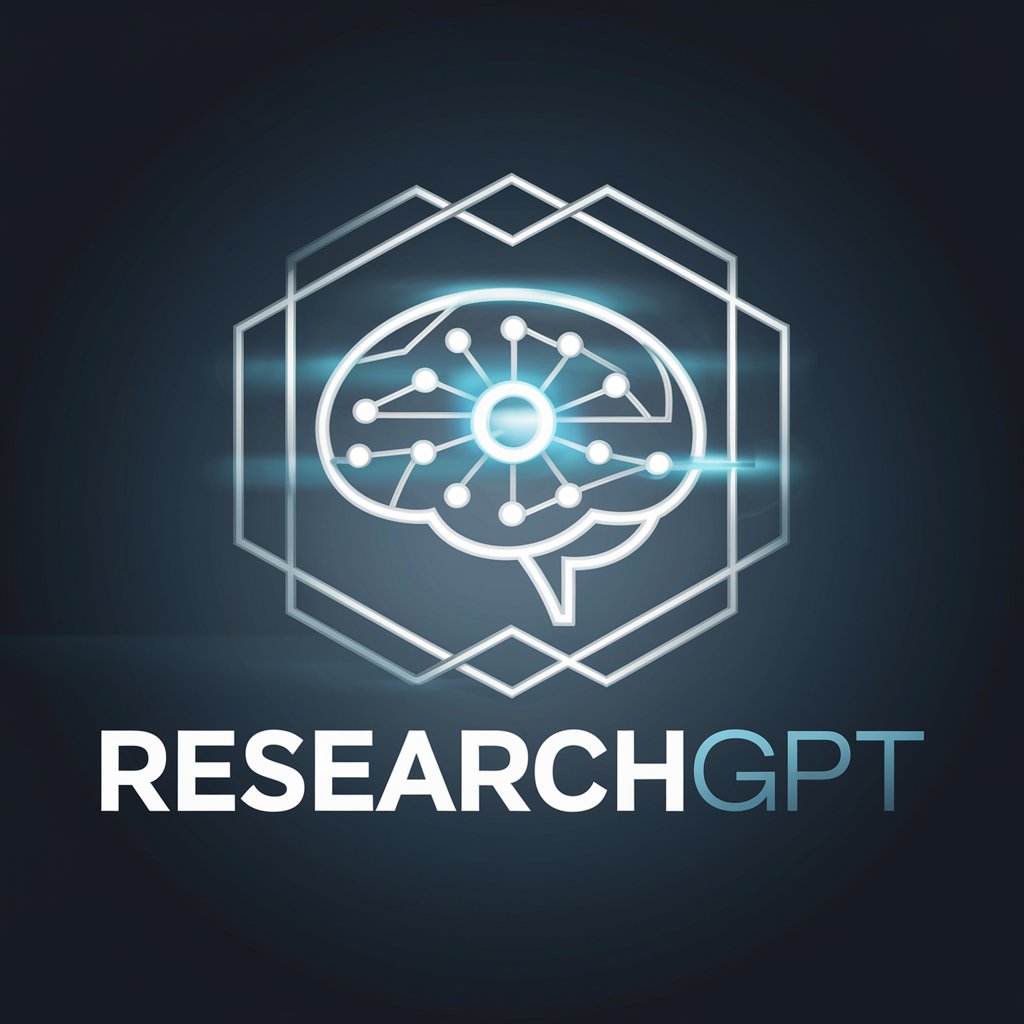Synthesis for Rare Scenarios - AI-powered Data Synthesis

Hello! Ready to synthesize data for rare and complex scenarios?
Mastering the Unusual with AI
Imagine a scenario where data generation...
Create synthetic data for a rare event in...
Describe a futuristic AI that specializes in...
Generate a unique dataset that addresses...
Get Embed Code
Overview of Synthesis for Rare Scenarios
Synthesis for Rare Scenarios is an AI-driven tool designed to assist in generating synthetic data for rare or hard-to-simulate occurrences. This capability is crucial for training AI models that must operate effectively in less common but critical situations. The tool leverages deep learning techniques to synthesize diverse datasets that mirror real-world anomalies and rare events, ensuring that the generated data is both realistic and relevant. For instance, in the development of autonomous vehicle systems, realistic simulations of rare traffic accidents or hazardous weather conditions are essential for preparing the AI to respond appropriately. Synthesis for Rare Scenarios creates detailed and plausible scenarios for these events, allowing researchers to robustly train their models without waiting for these rare occurrences to happen in the real world. Powered by ChatGPT-4o。

Core Functions of Synthesis for Rare Scenarios
Scenario Generation
Example
Generating data for an autonomous vehicle encountering a road obstruction from a fallen tree during a storm at night, a scenario that might rarely occur but is crucial for safety testing.
Scenario
This function is used in developing training data for AI models in autonomous driving simulators, ensuring they can handle unexpected road hazards under adverse conditions.
Anomaly Detection Training
Example
Creating datasets involving rare machine failures in a manufacturing setting, which helps in developing predictive maintenance AI.
Scenario
The tool synthesizes scenarios of equipment behaving erratically, which are used to train AI systems to detect and predict failures before they occur, thereby minimizing downtime and maintenance costs.
Risk Assessment and Management
Example
Simulating rare financial market crashes or extreme fluctuations to test the resilience of financial algorithms and risk management strategies.
Scenario
Financial analysts use these synthetic datasets to enhance the robustness of trading algorithms and risk assessment models, ensuring they perform well even during market anomalies.
Target User Groups for Synthesis for Rare Scenarios
AI Developers and Data Scientists
Professionals involved in developing and training AI models across various industries, such as automotive, manufacturing, and finance, who need comprehensive datasets that include rare scenarios to ensure the robustness and accuracy of their AI systems.
Risk Management Professionals
Experts in sectors like finance, cybersecurity, and insurance, looking to test and refine their risk assessment tools and models against unforeseen events and conditions.
Research and Academic Institutions
Researchers and academicians who require extensive datasets that cover rare occurrences for studies, publications, and the development of pioneering technologies and algorithms.

Guidelines for Using Synthesis for Rare Scenarios
Start your trial
Visit yeschat.ai to initiate a free trial without needing to log in or subscribe to ChatGPT Plus.
Identify your scenario
Determine the specific rare scenario or unusual occurrence you wish to simulate. Understanding your needs helps in tailoring the synthesis process.
Define parameters
Specify the parameters and variables that are critical for your scenario. This includes data types, expected interactions, and environmental conditions.
Generate synthetic data
Use the tool to generate detailed, plausible data scenarios based on the parameters you've set. This helps in creating a robust dataset for AI training.
Evaluate and refine
Assess the generated data for accuracy and relevancy to your needs. Refine the parameters if necessary to enhance the quality of the synthetic data.
Try other advanced and practical GPTs
Rare collectibles
Empower Your Words with AI

Recherche WEB Performance MOSH
Elevating Research with AI Precision

Peak Performance
Unleash Your Potential with AI Coaching

Performance Pro
Streamline feedback with AI-powered precision.

Performance Tester
AI-Driven Performance Testing

Tattoo Printable
Envision Your Ink with AI

Rare Book Collector - Genie Pro Tool
AI-powered Rare Book Insight

Rare Disease Detective
Unlocking mysteries with AI-driven analysis

Rare Infectious Diseases GPT
AI-powered disease diagnostics

Rare Mega Millions Lottery/lotto Number Generator
Randomize Your Lottery Experience with AI

Boom Buzz
Your AI blast from the past!

Experto en Boom Tecnológico
Mastering Tech Markets with AI

Frequently Asked Questions About Synthesis for Rare Scenarios
What is Synthesis for Rare Scenarios?
It is a specialized tool designed to generate synthetic data for rare or hard-to-simulate scenarios, enhancing the robustness of AI models through diverse training datasets.
Who can benefit from using this tool?
Researchers, data scientists, AI developers, and organizations that need to simulate rare events or scenarios for AI training can benefit significantly.
Can I use this tool for real-time data generation?
Yes, Synthesis for Rare Scenarios supports real-time data synthesis, allowing users to adjust parameters and immediately see the results.
What makes this tool unique?
Its ability to accurately simulate rare occurrences and provide a high degree of customization in data generation sets it apart from other data synthesis tools.
How do I optimize the use of this tool?
For optimal use, clearly define your scenario requirements, utilize the tool’s advanced customization features, and regularly update the parameters based on preliminary results.
